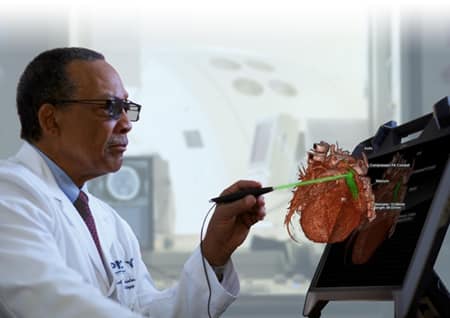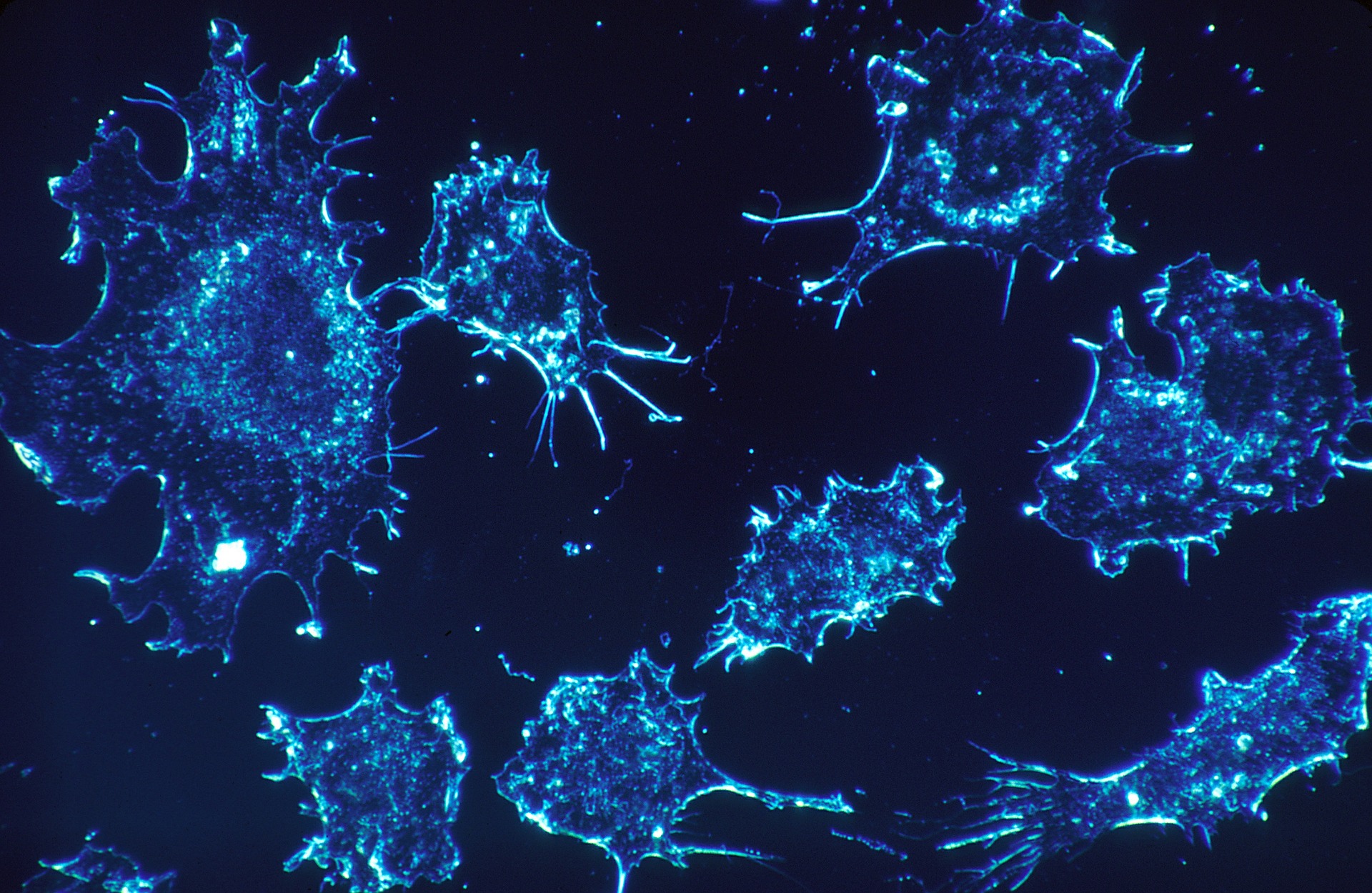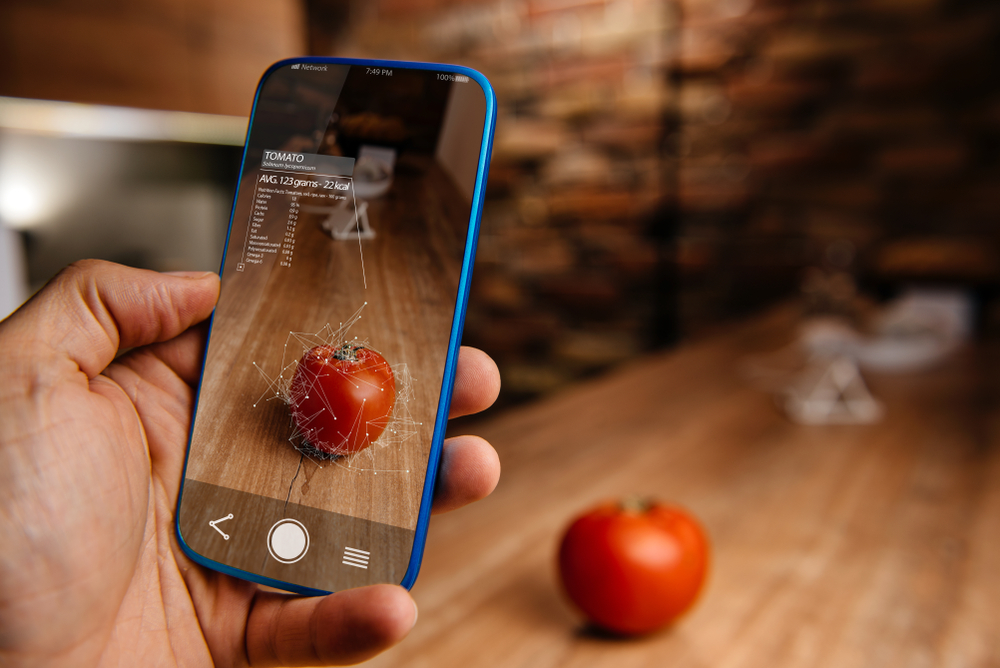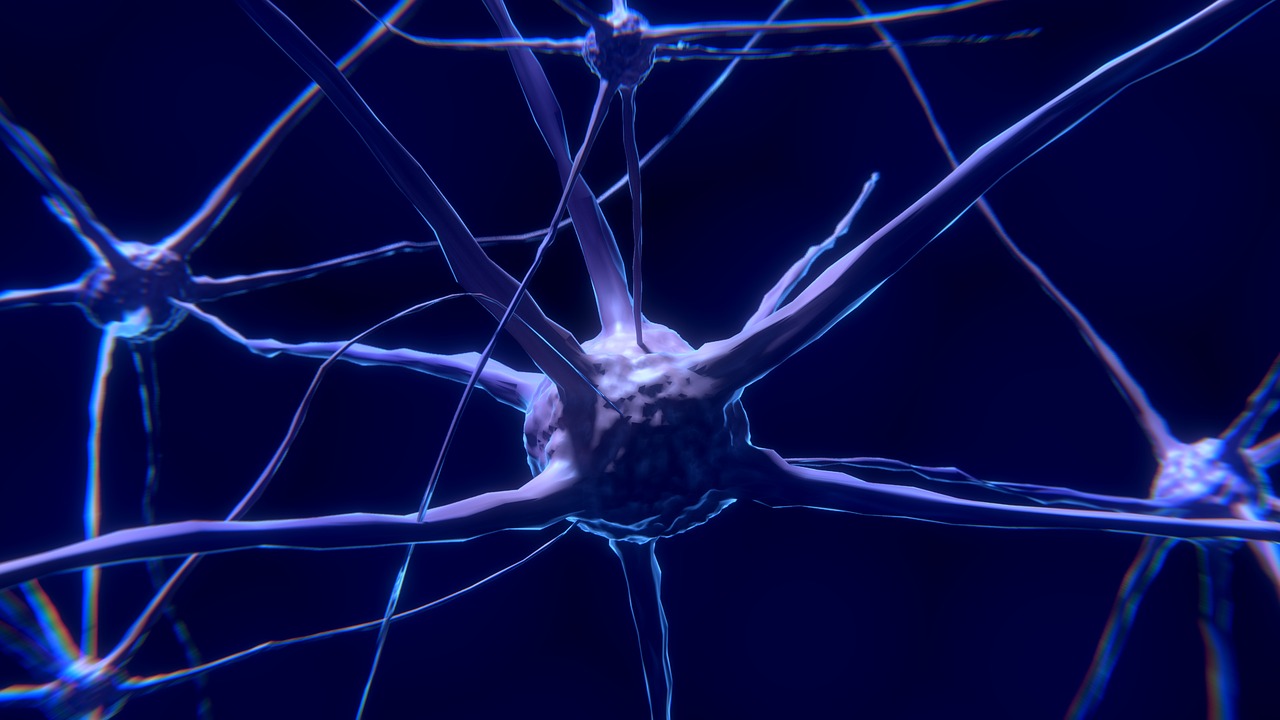What do the healthcare, finance, media, travel and retail industries have in common? They all deal with huge amounts of data — too much data to process by hand. Today, advances in computer processing power and digitization allow these industries to tame big data using those insights to inform business decisions, improve user experience, customize services and penetrate new markets. Today, the buzzwords “artificial intelligence” (AI) and “machine learning” (ML) are on everybody’s lips.
But what role do these technologies really play in each industry, particularly in healthcare? And what challenges lay ahead? To answer these questions, Xtalks spoke with experts from DataArt, a global technology consultancy headquartered in New York. Igor Kaufman, DataArt Principal Consultant and Head of Machine Learning & Data Science and Andrey Sorokin, DataArt Software Developer and machine learning expert, explored these topics and described one of their healthcare projects known as SkinCareAI, a mobile application that uses computer vision to detect melanoma.
What role do AI and machine learning play in medicine and healthcare?
Igor Kaufman: Big healthcare systems receive lots of data from organizations, hospitals, governmental agencies and so on. These huge volumes of data require lots of computing power and algorithms to make sense of it. We were not able to do it more than five to 10 years ago.
The largest areas of input artificial intelligence and machine learning have in healthcare at the moment are R&D and assistance and automation.

A wide range of R&D projects has sprung from the extensive growth of computing power. The search for new drugs in the context of biomedical and genetic research has been particularly strengthened by the associated new technologies.
Another big area, probably even bigger, is automation and assistance in manual routines. An example is the use of computer vision in skincare which can aid cancer and other diagnoses. This is also used for discovering potential threats at early stages of disease.
Then there’s digitalization, which is a big area of advancement right now. A great amount of data is stored in different systems and different formats. Sometimes this data is even handwritten. With new methods of data extraction, this data can be brought together and used to discover new paths in ways that were never possible before in the history of humanity.
Another application of AI and ML is that of the use of telehealth boards, which can help decrease the load on doctors by preprocessing questionnaire data before the patient gets to the hospital.
Andrey Sorokin: In medicine, there are in some cases just a few experts or specialists globally who have expertise in certain human diseases, for example, a specific type of cancer, and many more patients that need medical care in comparison. These specialist doctors may treat hundreds and thousands of patients. But when we talk about big data, in some sense, we are talking about hundreds of thousands or millions of tests, and the medical data associated with patients. Therefore, AI, machine learning and other computer technologies come into play to increase the bandwidth of this relatively small group of professionals by saving them time with preprocessing patients, filtering out patients who do not have a specific condition, and helping them to detect specific conditions at an early stage when it’s much easier and much more effective to treat. By analyzing the huge amounts of data available and with the ability to use a wide variety of parameters, the modern machine learning-based solutions are in some areas less biased than human doctors.
We still, however, need human experts in nearly every field to prepare the data to train machines. Computers cannot train on their own. We still need experts, and we will for decades to come. We are largely just helping them to avoid spending time on routine work that could be avoided with modern technologies.
Tell me more about SkinCareAI. Is it available for clinical use?
AS: In the beginning of every machine learning solution, there is data, meaning that without data, we cannot propose any kind of model, we cannot guess how we should approach the location of a lesion or mole. To develop SkinCareAI, the data used were dermoscopic images, depicting different malicious or controversial versus “safe” skin areas. These images were labeled based on biopsy analysis which were graded on objective criteria. This saved us from any subjective errors.

The model has really high specificity, meaning that if this model triggers and shows that you have some specific disease, then it’s worth a visit to your doctor just to double-check that everything is okay, or to for him or her to order or carry out additional tests.
IK: After the model was established, we made it available through a web service so that any person can take the link, take a photo of the mole and get instant insight, to see if the model advises the patient to schedule a visit to the doctor. DataArt is not a product company so we are not going to productize SkinCareAI and publish it as a distinct product. Right now, we are using it as a showcase for our potential clients, particularly in the medical field, and to companies that want to apply computer vision techniques to their products.
AS: It was two to four months of work based on a public dataset. The solution has decent performance taken into consideration that it’s not a productized solution. For us, this opens an opportunity to work on other data to demonstrate our capabilities in solving similar tasks. It’s interesting to generalize this solution to other fields. It still has room for improvement but this, of course, requires additional data and additional effort, so we’ll see where this gets us.
What other gaps in healthcare will this particular model fill?
AS: Of course, the model will aid faster diagnosis of different types of cancer warnings, whether melanoma or a skin condition or actinic keratosis, or maybe a vascular lesion. It is capable of detecting skin cancer-related attributes and characteristics like streaks, lobules, and pigment networks artificially, without human input. Similar models can be applied to different types of diseases. They can be used to detect calcification of tissues, different types of tumors, even to analyze some dynamic systems such as separate fluids in blood vessels from surrounding tissues. It really depends on the type and quality of the data, but we can apply this to other problems or other tasks in healthcare.
What are you working on now and what do you have planned for the future?
IK: We have a number of ongoing projects across different industries. With the help of CCTV cameras, we analyze potential threats such as people with weapons. We can take video from drones to analyze potential risks to buildings. These are all real-life examples of what we’re working on. We also work with financial companies to extract insights from various source data. One of the latest things we developed was a predictive maintenance tool that could be used in big factories and plants to predict which mechanisms might need to be serviced to prevent a catastrophe. The project in skincare is just one application of computer vision.
When do you see machine learning and artificial intelligence becoming mainstream?
IK: This is an emerging market. The amount of data we use has increased gradually, as has the quality of this data. All of this growth in technology will improve accuracy at some point, although it is important to remember that any advice given by a machine should then be validated by a human.
People don’t want to blindly trust machines, but consider new drug discoveries: you can’t explain how a pill works inside the body, but you take it when you have a headache. AI and machine learning are the same. Eventually, it will be treated like all these other tools, even if most don’t know how it works inside.
AS: I believe in the next five to 10 years, if someone passes a medical test, it will be filtered first via a computer system. I’m not saying it will be AI or machine learning specifically, but it will be filtered by a computer system before it gets to a doctor. I think this is pretty much inevitable because of all the tests, data and recent developments of human sciences. We will come to require these systems to enhance treatment and diagnostics.












Join or login to leave a comment
JOIN LOGIN